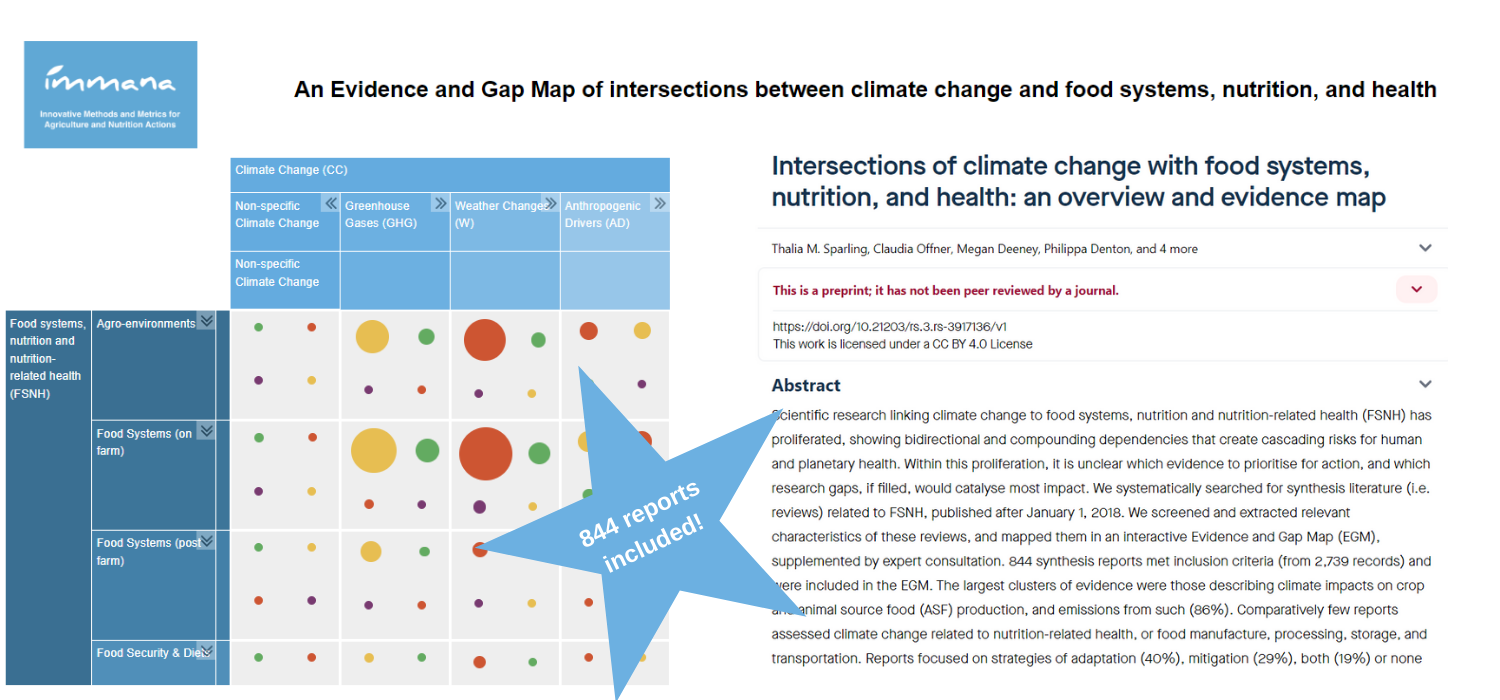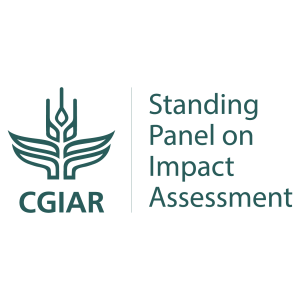
The State of Food Security and Nutrition in the World 2020 report estimated that in 2019 one in ten people in the world were exposed to severe levels of food insecurity. Internationally, healthy diets are increasingly reported to be out of reach and unaffordable for people of lower socioeconomic status leading to both undernutrition and nutrition-related chronic disease.
Mental health has also been identified as a major cause of disability with depressive disorders alone thought to be the single-most contributor to health loss globally (7.5% of all Years Lived with Disability—YLD).
What are the links between food security and mental health?
Connections between food security and nutrition (FSN), and mental health have been increasingly investigated but systematic reviews are usually in specific populations, using a particular subset of FSN and mental health indicators. Primary studies are often observational, where links between FSN and mental health are not primary outcomes. This limits the breadth of the available evidence.
The ANH Academy Mental Health Working Group, a group of interdisciplinary experts, have produced an Evidence Gap Map (EGM) with the aim of advancing knowledge and research practice for mental health in relationship to FSN in low and middle-income countries. The map provides opportunities for better identification and use of the strongest available evidence and more systematic efforts to research these intersections.
As such, the EGM brings together 1,945 systematically searched studies, each categorised by:
- food security and nutrition focus; food scarcity, diets, nutrient supplement/ intake, nutrient biomarkers, infant and young child feeding, birth outcomes and anthropometry (plus sub-categories)
- Mental health focus; depression, hybrid domains (depression +), anxiety, stress, and mental wellbeing (plus sub-categories)
- Population type; children, pregnant women, adults, mid- to later-life only (plus sub-categories)
As well as by study type, country, sample size and publication date.
The EGM can be used to identify research on selected topics, see which areas have been studied extensively, and to identify gaps. The map is interactive and can be filtered by any of the selected categories. It can also be downloaded and used offline.
Find out more about the creation of the map and findings in the new paper published in Nature Communications: Systematic evidence and gap map of research linking food security and nutrition to mental health




